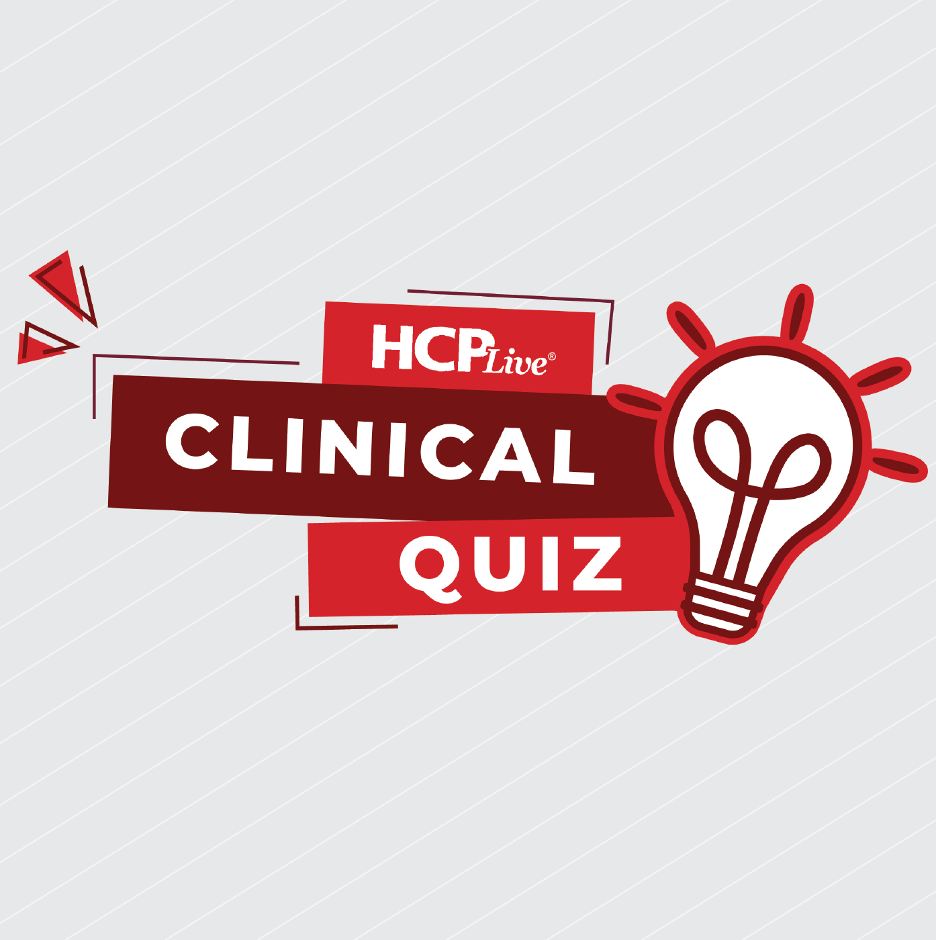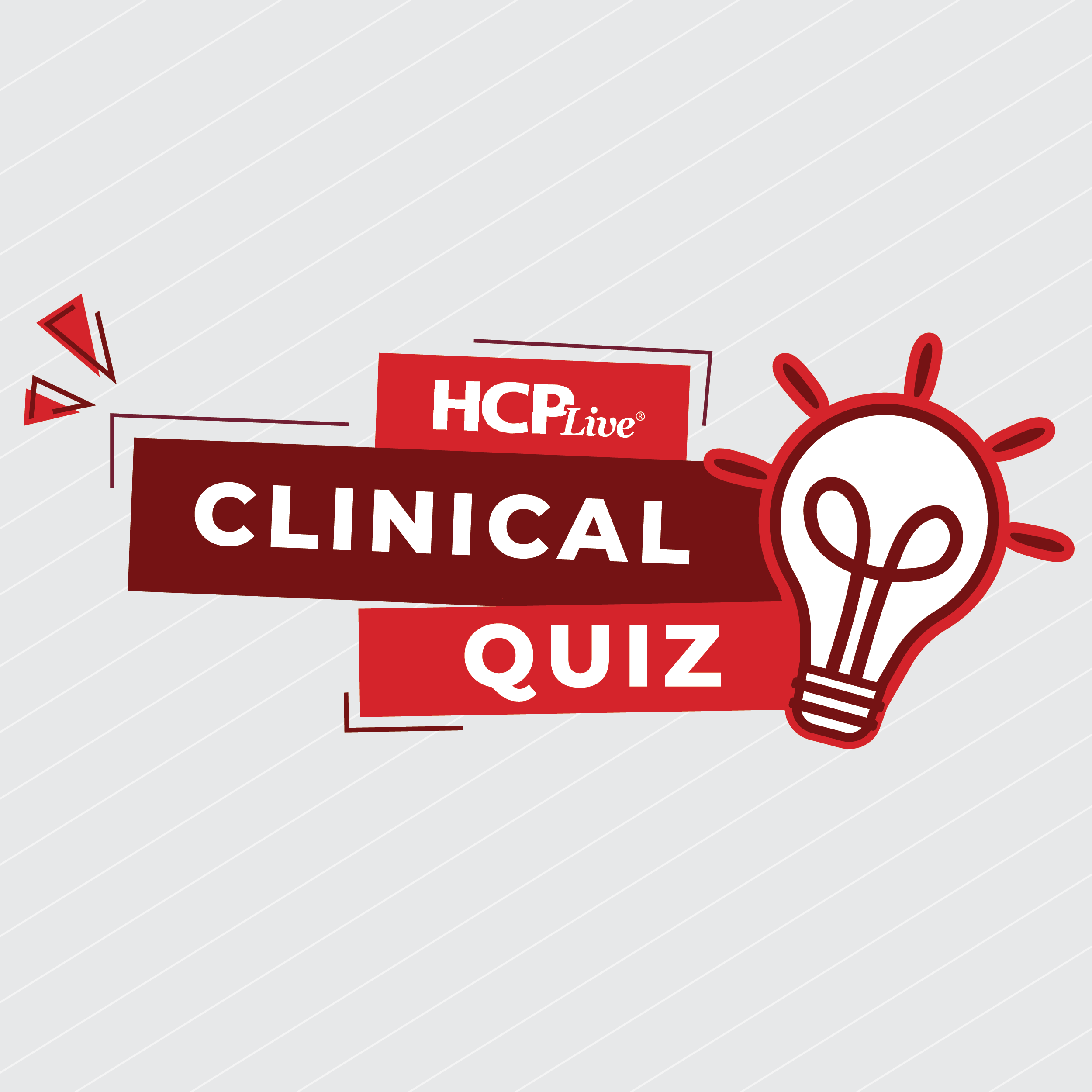News
Article
Propranolol Linked to Lower Ischemic Stroke Risk in Females with Migraine
Author(s):
Key Takeaways
- Propranolol is linked to a significant reduction in ischemic stroke risk among females with migraines, especially those without aura.
- The study utilized data from Vanderbilt University Medical Center and the All of Us Research Program, analyzing over 3 million records.
A study found propranolol significantly lowers ischemic stroke risk in women with migraine, highlighting its potential for stroke prevention in high-risk groups.
Mulubrhan Mogos, PhD, MSc
Credit: Vanderbilt University

A study found propranolol is associated with a significant reduction in ischemic stroke among females with migraine, indicating propranolol may be beneficial for stroke prevention in high-risk populations. The preliminary findings will be presented at the American Stroke Association International Stroke Conference 2025 in Los Angeles from February 5 – 7, 2025.
“Migraine is an often-ignored risk factor for cardiovascular issues. Until recently, preventive treatments for people who have migraines were not available,” said lead investigator Mulubrhan Mogos, PhD, MSc, an assistant professor at Vanderbilt University School of Nursing in Nashville, Tennessee, in a statement. “Many women suffer from migraines, and it’s important to note that propranolol may be beneficial for these women, particularly those who experience migraine without aura. This is an important discovery for those dealing with migraines.”
Approximately 20% of the global population experience migraines and this neurological disorder is linked to an increased risk of stroke—particularly ischemic stroke. Propranolol, a non-selective beta-blocker, can prevent migraine, but investigators sought to examine the drug’s role in reducing stroke risk among this patient population.
The team conducted a retrospective case-control study using data from the Synthetic Derivative at Vanderbilt University Medical Center and the All of Us Research Program. Migraine and stroke were identified using International Classification Diseases codes (ICD) 9 and 10, respectively. In this study, stroke cases were defined as patients who had a primary diagnosis of stroke after the first onset of migraine (n = 645; 378 cases in the Synthetic Derivative database and 267 cases in the All of Us database). Controls (n = 21,788; 15,209 cases in the Synthetic Derivative database and 6579 cases in All of Us database) had no stroke diagnosis after the first onset of migraine.
Propranolol was significantly associated with a reduced risk of overall stroke in female migraine patients (Synthetic Derivative: odds ratio [OR], 0.52, P = .006; All of US: odds ratio, 0.39, P = .007) but not in males.
After adjusting for potential confounders, such as age, sex, race, high blood pressure, diabetes, birth control usage, and pregnancy, the protective effect was more prominent in ischemic stroke and in females with non-aura migraine. Aura described sensations of flashing lights, blind spots, zigzag patterns, seeing colored spots, tingling, numbness in the face or hands, difficulty speaking, dizziness, and confusion.
Women who took propranolol had a 52% lower risk of developing stroke in one database and a 39% lower risk in the other. Cumulative incidence analyses demonstrated lower stroke rates in females treated with propranolol at multiple time points.
Investigators noted the findings were limited by reviewing past data achieved from electronic health records which could introduce biases with relying on ICD codes. However, they did screen data from over 3 million people spanning > 15 years.
“The findings are potentially quite helpful, though, for women living with frequent migraine, as they suggest we have a good medication option that helps to prevent both migraines and strokes,” said Tracy E. Madsen, MD, PhD., chair of the American Heart Association Clinical Cardiology (CLCD)/Stroke Women’s Health Science Committee and emergency medicine professor at The University of Vermont. “This study is a great example of the important information that can be gained by studying women and men separately – we can take advantage of known sex differences in stroke risk factors and move towards more personalized care.”
References
- Propranolol's Potential Role in Cutting Stroke Risk for Patients With Migraine: An In-Depth Analysis of Two Databases. Presented at American Stroke Association International Stroke Conference 2025 in Los Angeles from February 5 – 7, 2025.
- Propranolol May Reduce Ischemic Stroke Risk in Women with Migraines. EurekAlert! January 30, 2025. https://www.eurekalert.org/news-releases/1071532. Accessed February 3, 2025.





